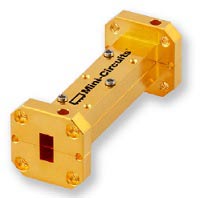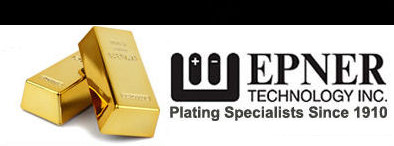Epner has taken its 50 years of electroless nickel plating experience and applied it to develop a proprietary Electroless and Immersion gold plating process involving extreme electron manipulation.
Each Job requires a custom chemistry set up depending on the requirements of the plating. Sometimes just a small beaker is enough, other times larger tanks are needed to fit the part. Electroless chemistry is primarily used when the geometry of the part makes anode placement impractical, too costly, or too long to fabricate and reposition. It is also frequently used when an extreme uniform deposit is required.
Electroless nickel immersion gold plating (ENIG) is often used for circuit board parts and is known for it is uniform plating, oxidation resistance and corrosion resistance. This combination of electroless nickel and electroless gold plating allows for requirements where many areas require gold plating and they do not make a contiguous circuit. So they do not have current running to each location. In many cases PCB circuit boards will not allow for current to flow through the part, hence restricting current flow for electroplating which makes this one of the prime examples to use electroless nickel immersion gold plating. ENIG can also be useful for bonding and soldering which is one of the advantages in electronic parts.

Waveguide Gold Plated

Waveguide Gold Plated
